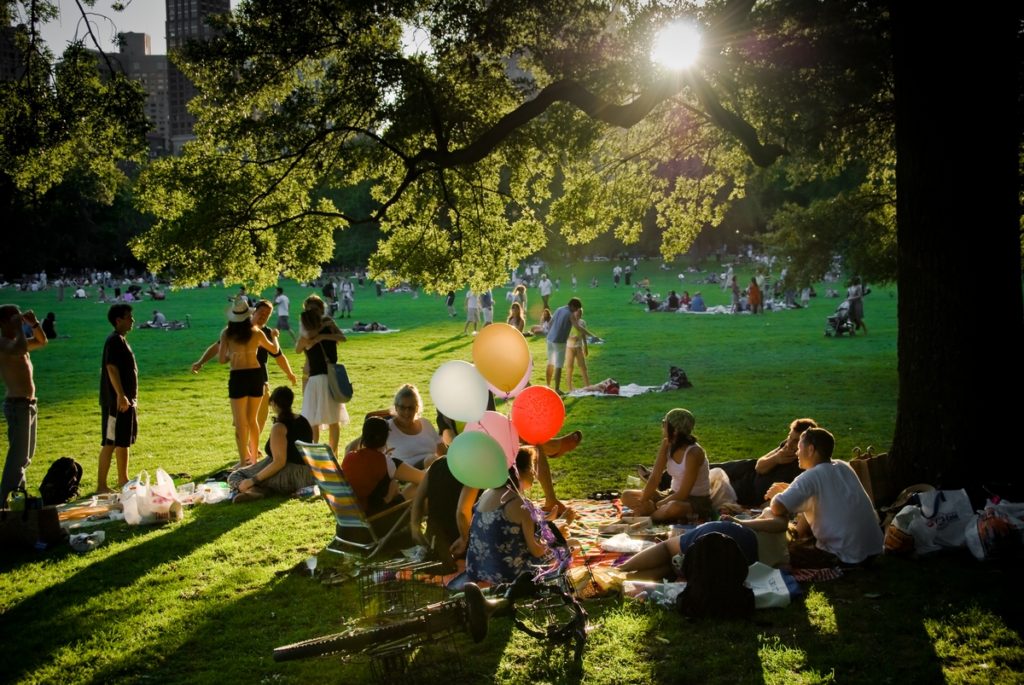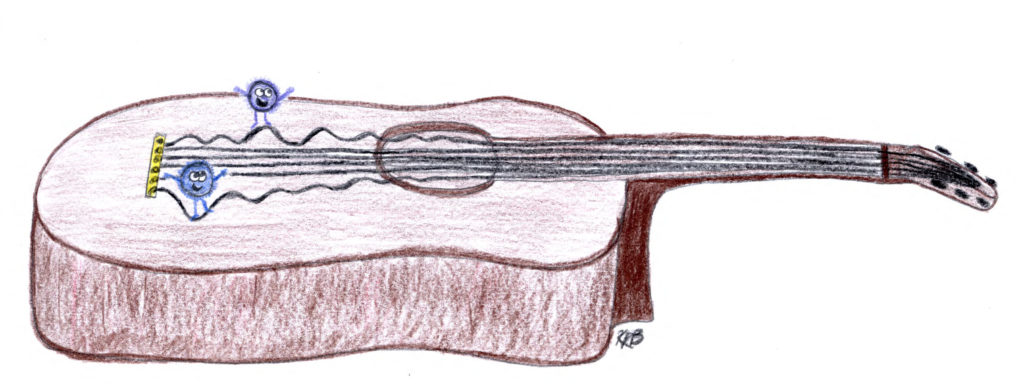Before we know it, it will be summer. That means sunny days, flowers, barbecues, beach trips, and family reunions. With family reunions comes having to explain to every cousin, aunt, uncle, and grandparent what it is that you actually do while you’re conducting research.

At one of these family functions, my grandma asks “So how’s your research going?”
I tell her that my research is going well and I am writing a paper for publication in a scientific journal. She responds with “That’s fantastic sweetie! What is the paper about?”
I tell my grandma that my article is about germanium nanowires with unique electronic and phononic properties that have generated new interest in their use for electronics and space technologies. My work investigates how energy is converted to coherent acoustic phonon propagation within germanium nanowires using ultrafast pump-probe microscopy.
Grandma politely nods as I talk and then says “those bugs sound interesting.” Where did the “bugs” come from? Nanowires are not bugs. Clearly, there was a disconnect somewhere.
Why is effective science communication important?
Publishing is essential in order for a scientist to have a successful career. But publishing comes in many forms: scientific journal articles, news releases, social media posts, etc. At the center of this is being able to communicate our research to others. As scientists, we need to focus on engaging our audience, and before that, take the time to consider who is in the audience. Are we talking to other scientists in our niche field, scientists in another area, or the public (like Grandma)? By leading my research summary with the details of my experimental methods, the audience gets overwhelmed with jargon and details. What the general public really wants to know is the main result and why they should care.
How to Communicate Science to the Public:
- Determine the goal for communication: are you trying to influence decision-makers, humanize scientists, build trust between the public and scientists, etc?
- Engage the audience: with whom are you communicating and what motivates the audience? Tell a story, ask a question, find commonalities.
- Determine the message: think about the most important result that you want the audience take away from your talk. Quality before quantity.
I should have explained my science like this:
I went to my first country concert in Raleigh, NC and saw Lady Antebellum, Hunter Hayes and Sam Hunt. The way the bands played their guitars was beautiful. You could feel the passion and sound waves rolling through the Amphitheatre.
In my research, we basically build and play “nano-guitars”. Germanium nanowires, wires that are about 60,000 times thinner than a single human hair, are suspended over tiny trenches, similar to the strings across an acoustic guitar. I use a laser, like a musician uses a guitar pick, to make vibrations (sound waves) in the nanowires and watch them travel along the wire. In guitars, the frequency or pitch of the sound wave is determined by the thickness, length, elasticity, and tension of the strings. The same thing happens with the germanium nanowires, changing the diameter of the nanowire changes the frequency of the vibration.

By studying the vibrations and how they travel through a nanowire, we learn how elastic (flexible or resilient) materials are as they shrink to the nanoscale. With this information, we could design new electronics that use vibrations to learn more about the world and universe we live in.
Want to develop the skills to communicate science to a general audience? Check out these upcoming workshops at UNC!
Creatively Engaged Conversations – Methods of Communicating Your Research to Different Audiences will be held on Monday April 24, 2017 at 11:00 am – 1:30 pm at Wilson Library Room 504 (on 1st floor of library near grand entrance) Register: http://tinyurl.com/mlvrgj7
SWAC Writing Workshop: The writing workshop is the final event in the SWAC seminar series and the opportunity for you to workshop your own science piece for general audiences. Whether you’ve started a blog post and want a chance to polish it or are interested in writing but are not sure where to start, you are invited to come get feedback from peers and science communication experts from around the Triangle.
Writing Workshop Part 2, Thursday, April 27, 2017 3-5 pm: http://tinyurl.com/z2o8ugl
Peer edited by Tom Gilliss.
Follow us on social media and never miss an article:
Yes, your communication message to those entertaining questions from a curious audience (like myself) couldn’t have been more on target. Simple answers for simple folks with simple minds!